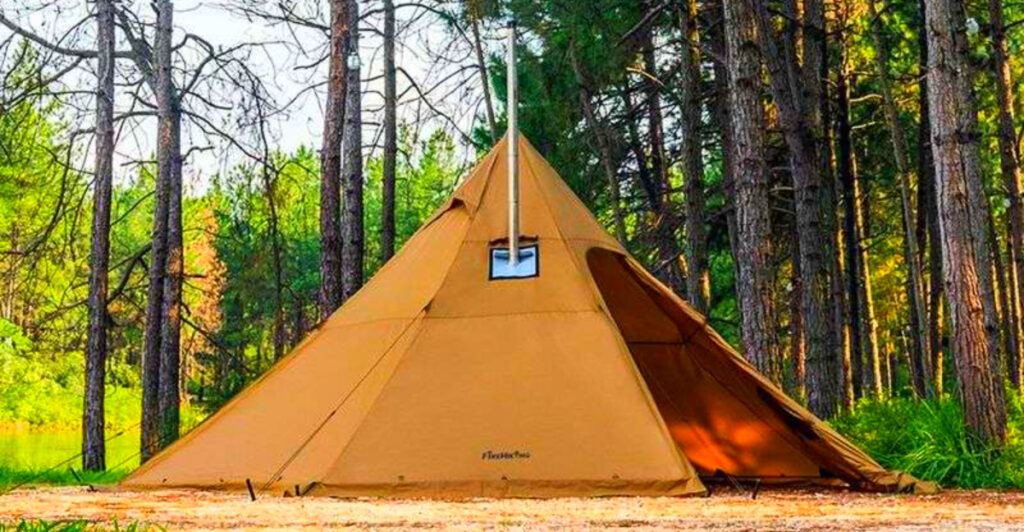Planning your next camping adventure? Your trusty old tent might not be as reliable as you think. Years of use, weather exposure, and changing safety standards can turn your shelter into a liability. Before you head out into the wilderness, check these crucial warning signs that signal it’s time for an upgrade.
1. Weatherproofing Breaks Down Over Time
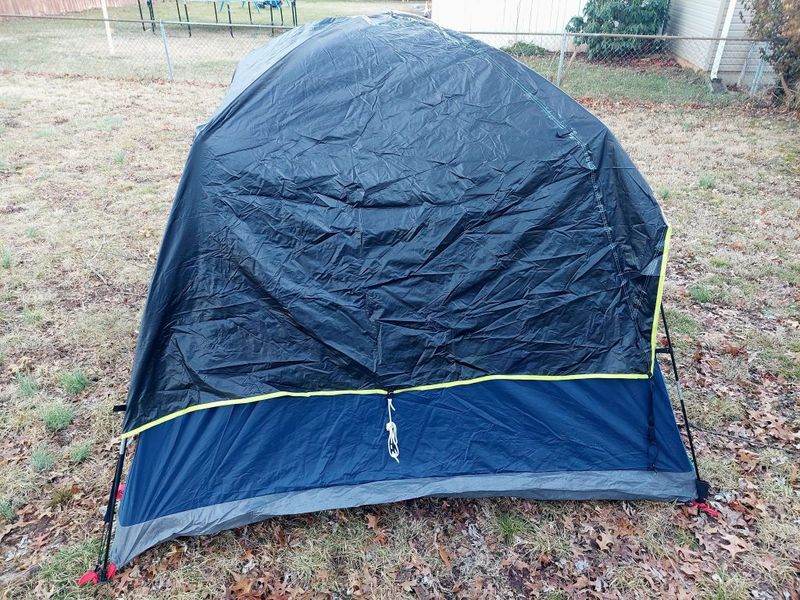
Rain doesn’t wait for convenient moments during camping trips. Older tents lose their waterproof coatings after years of exposure, leaving you vulnerable when storms hit.
Cracked seams and peeling rainfly materials mean water finds its way inside, soaking your gear and ruining your sleep. Modern tents feature advanced PU-coated fabrics and sealed seam technology that keeps moisture out much more effectively than older designs.
2. UV Rays Weaken Tent Materials
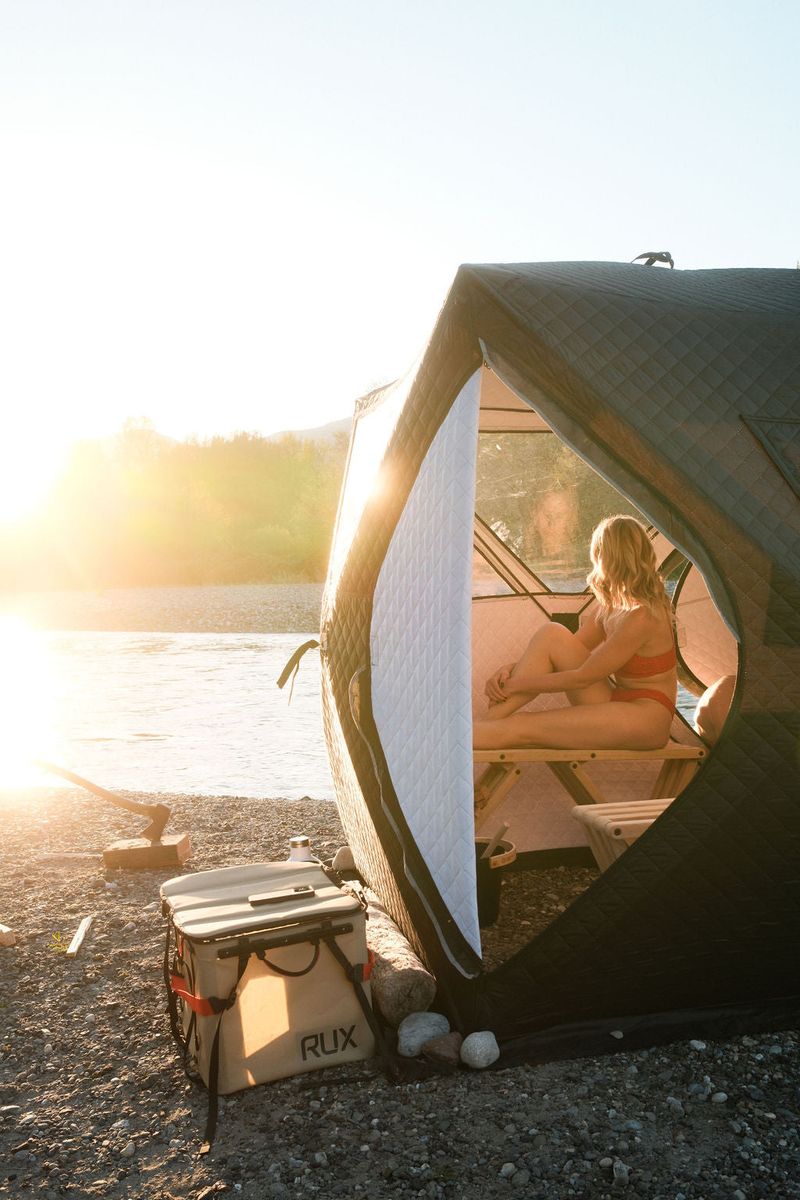
Sunlight acts like a slow poison for tent fabrics. Years of UV exposure make materials brittle and prone to unexpected tears, especially during setup or windy conditions.
What once felt strong now rips easily under normal stress. Today’s tents use UV-resistant polyester and nylon blends specifically engineered to withstand intense sun exposure without degrading, ensuring your shelter stays intact throughout your adventures.
3. Tent Poles Become Unreliable
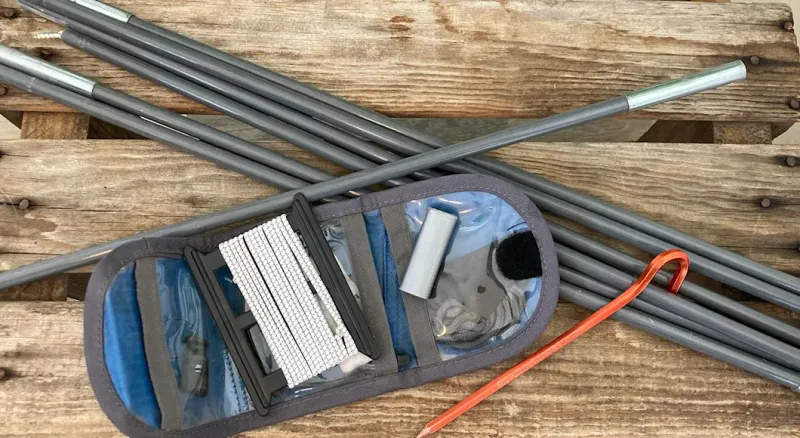
Nothing ruins a camping trip faster than poles snapping when you need shelter most. Aluminum and fiberglass poles develop metal fatigue over time, creating weak points that fail under pressure.
Tiny cracks grow larger with each setup, making catastrophic failure inevitable. Current tent designs feature carbon-reinforced poles and improved hub systems that distribute stress more evenly, preventing sudden breaks during critical moments.
4. Fire Safety Standards Have Evolved
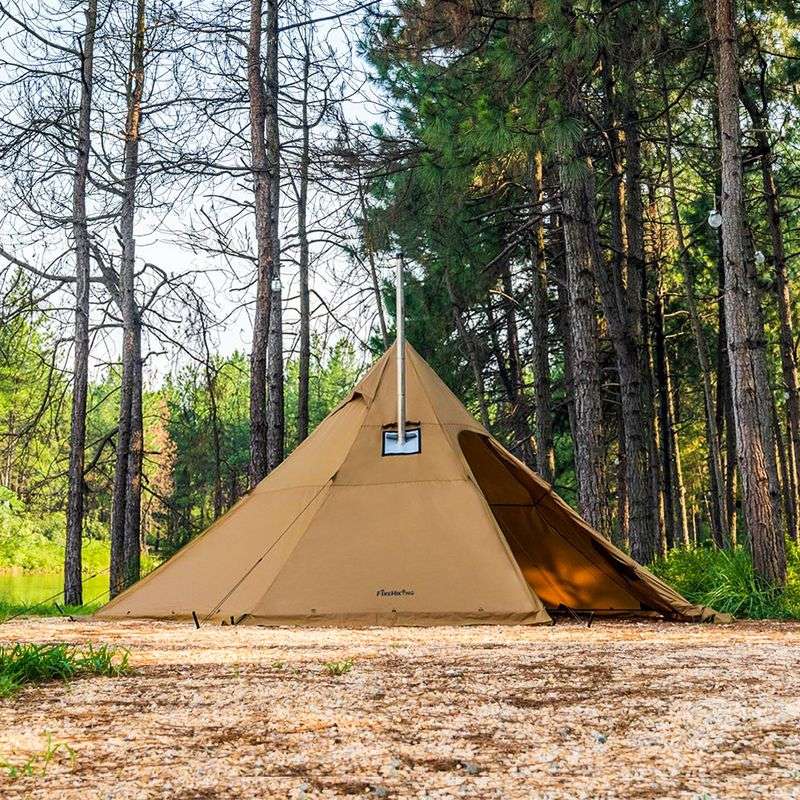
Campfire safety takes on new meaning with outdated tent materials. Many older tents don’t meet current fire-retardant standards, putting campers at unnecessary risk near open flames.
Newer models balance flame resistance with reduced toxic chemicals, creating safer environments without harmful coatings. Updated safety regulations ensure better protection while maintaining breathability and comfort for modern outdoor enthusiasts seeking peace of mind.
5. Poor Ventilation Creates Moisture Problems
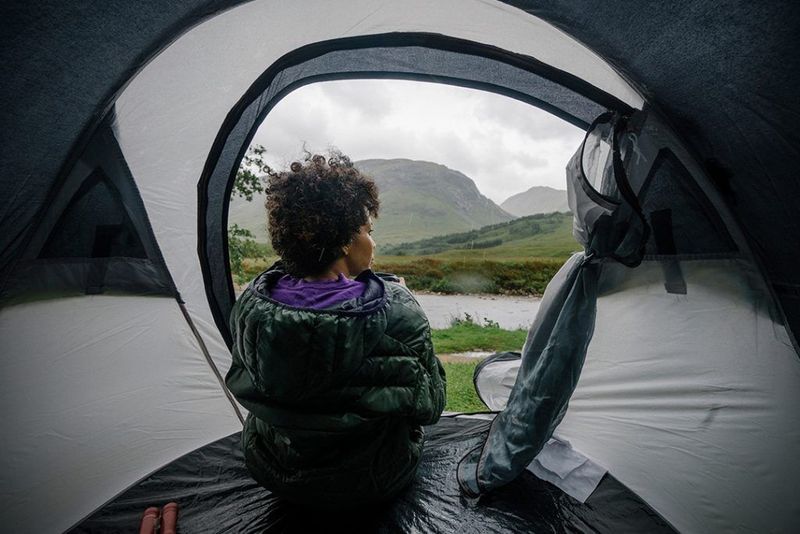
Waking up in a soggy tent isn’t just uncomfortable—it’s unhealthy. Older designs lack proper airflow systems, trapping moisture inside and creating condensation nightmares.
Limited mesh panels and inadequate vents turn your shelter into a humid greenhouse. Modern tents incorporate cross-ventilation systems and strategic mesh placement that keeps air moving, reducing condensation and maintaining comfortable sleeping conditions throughout the night.
6. Zippers and Hardware Deteriorate
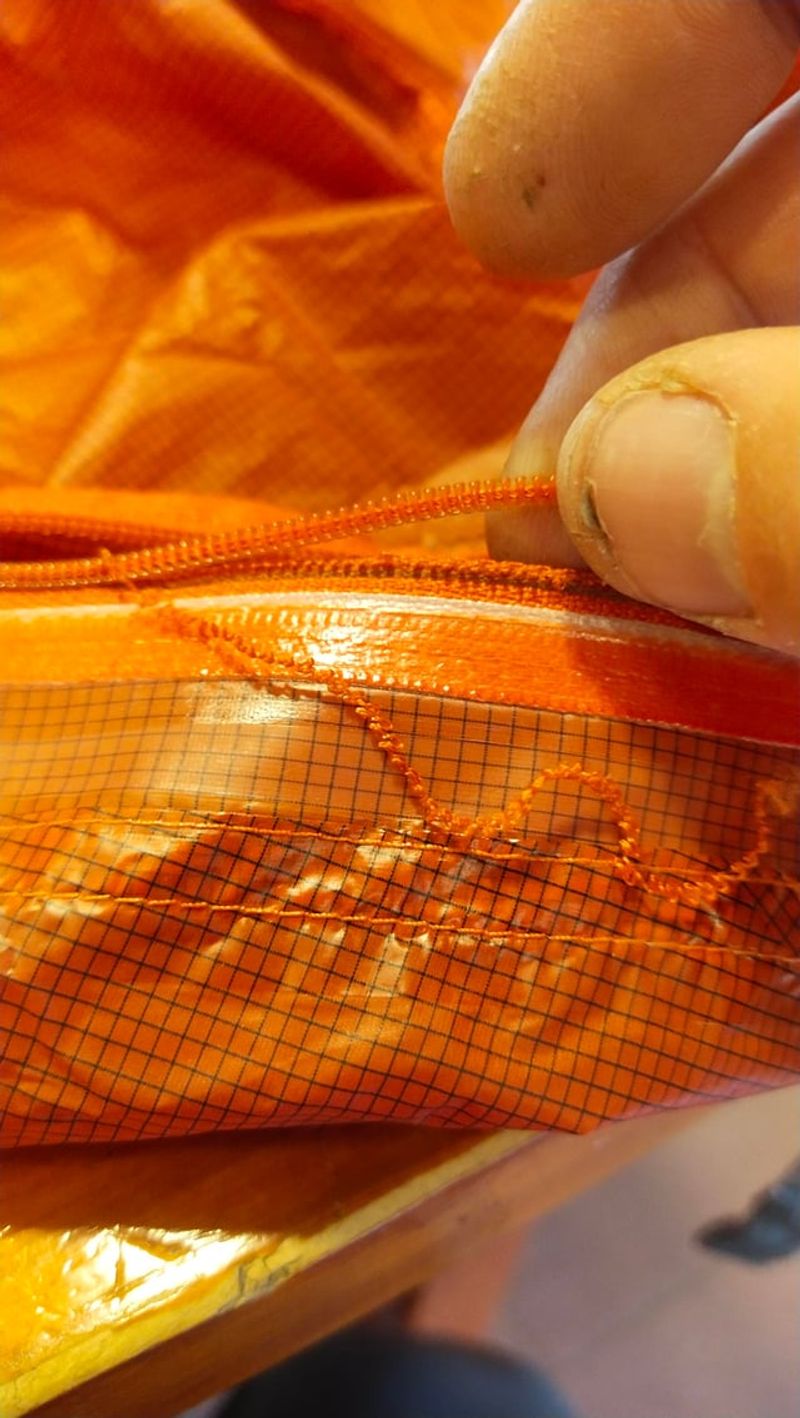
Stuck zippers transform simple tent entry into frustrating struggles. Hardware components wear out faster than fabric, leaving you trapped inside or unable to secure your shelter properly.
Corroded toggles and split zipper tracks compromise your tent’s basic functions when you need them most. Today’s tents feature heavy-duty YKK zippers and reinforced hardware designed for thousands of cycles without failure.
7. Weight and Setup Efficiency Matter More
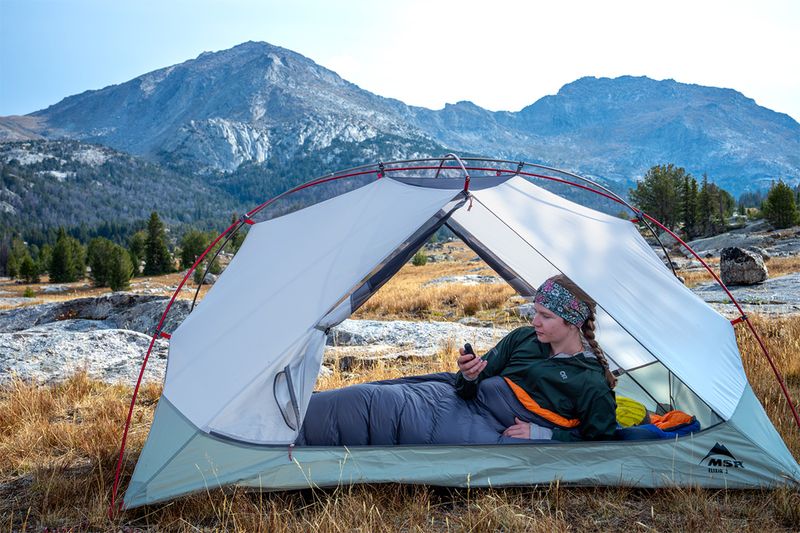
That heavy tent collecting dust weighs down your entire camping experience. Older models use outdated materials and bulky designs that make transportation and setup unnecessarily difficult.
Modern engineering creates lighter, stronger alternatives that pack smaller and pitch faster. Quick-setup mechanisms and collapsible hub systems mean less time struggling with complicated assembly and more time enjoying the outdoors with family and friends.

